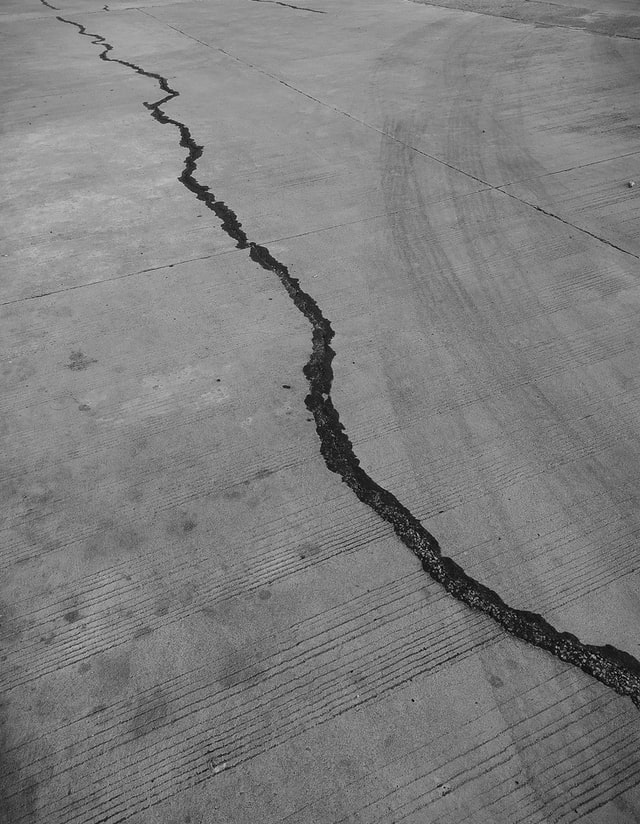
HRIDE
High Resolution Ionospheric Data Exploitation for Autonomous Vehicle Safety and Operations and Earthquake Precursor Detection
The project will deliver two distinct services that make use of the same underlying data:GNSS correction service at higher accuracy and lower cost than current solutions and Earthquake precursor detection service proposed to be offered on a cost-recovery basis as a global common good that provides humanitarian, social, and economic value. In the first service, Spire will provide high density, near real-time ionosphere scintillation data to GNSS service providers thereby enabling a software-based rather than hardware-based solution to location correction that provides improved accuracy and reliability at a lower cost of service. The data service will be made available via a customer API at 15-minute intervals. The second one is related to Earthquake prediction. Studies have shown that specific ionosphere activity signals earthquake precursors a few days ahead of earthquakes. However, due to a sparse number of satellites - one would need 100 satellites - not enough ionosphere data has been available to date to definitively build such a product, test, and refine it. The HRIDE data service would be a first of its kind service that will enable public sector warnings, first responder activation, and critical infrastructure (telecommunication, water, power) preparedness. Customers have been identified for both services. The customers of the GNSS correction service will be GNSS service providers, either brand-name existing players (e.g. Novatel or Trimble) or new market entrants such as Bosch and Swift Navigation. While GNSS service providers will be the customer for Spire, end users will be in the high precision GNSS market such as Agriculture or the Mass Market Road Segment.

